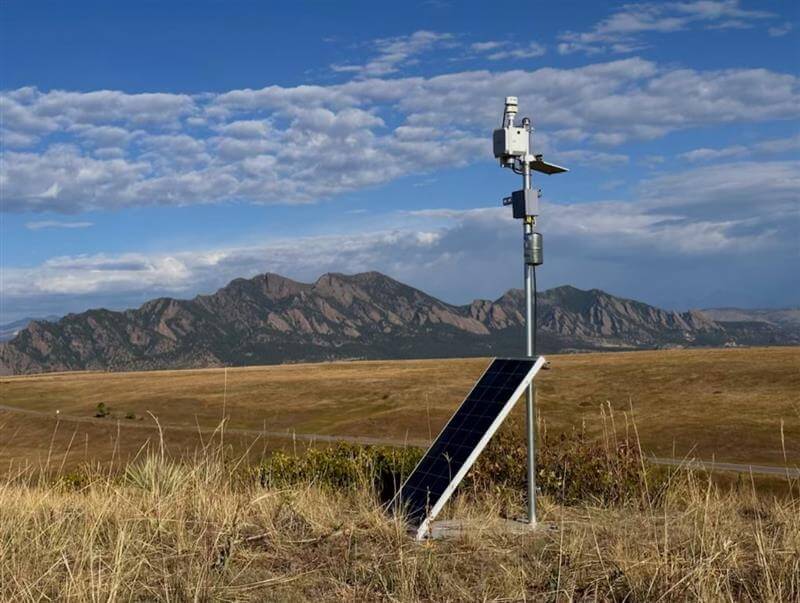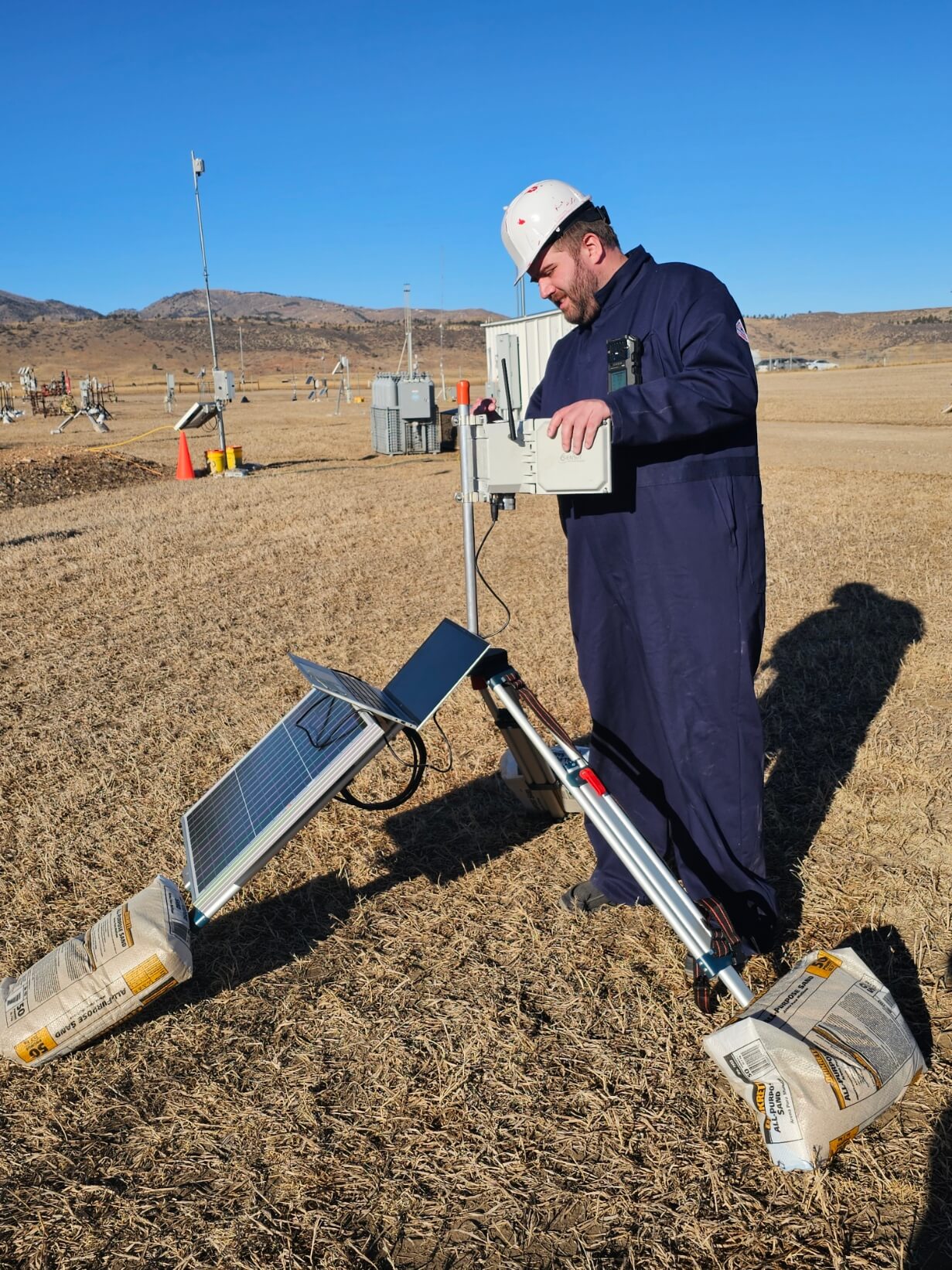Approved and deployed in Louisiana, SENSIT SPOD earns EPA QAPP validation—delivering continuous air monitoring and VOC sampling with trusted precision.
As part of an advanced monitoring initiative led by the U.S. EPA and Eastern Research Group (ERG), SENSIT SPOD sensors were deployed around a Louisiana manufacturing facility to track fugitive emissions and improve air quality assessments. This effort was guided by a comprehensive EPA-approved Quality Assurance Project Plan (QAPP), which outlined performance objectives and stringent QA/QC criteria. The project focused on monitoring chloroprene emissions—a hazardous air pollutant—using a combination of real-time sensor data and triggered whole-air sampling.
The SPOD platform was selected for its ability to continuously measure VOC concentrations using a photoionization detector (PID), while also triggering 24-hour canister samples for lab analysis when thresholds were exceeded. Its built-in meteorological sensing, cellular data transmission, and automated QA protocols—including pre-deployment bump tests, monthly field checks, and data validation routines—ensured regulatory-grade data quality throughout the study. The system also uses an internal exponential moving average to stabilize readings and highlight emission events.
This deployment marks a significant milestone for SPOD technology, affirming its compliance with EPA expectations for defensible air monitoring data in complex industrial environments. The results support the use of SPOD in future environmental monitoring projects, especially where real-time responsiveness and regulatory alignment are critical. With this approval, SENSIT continues to lead in advancing accessible, science-backed air quality solutions across the U.S.





